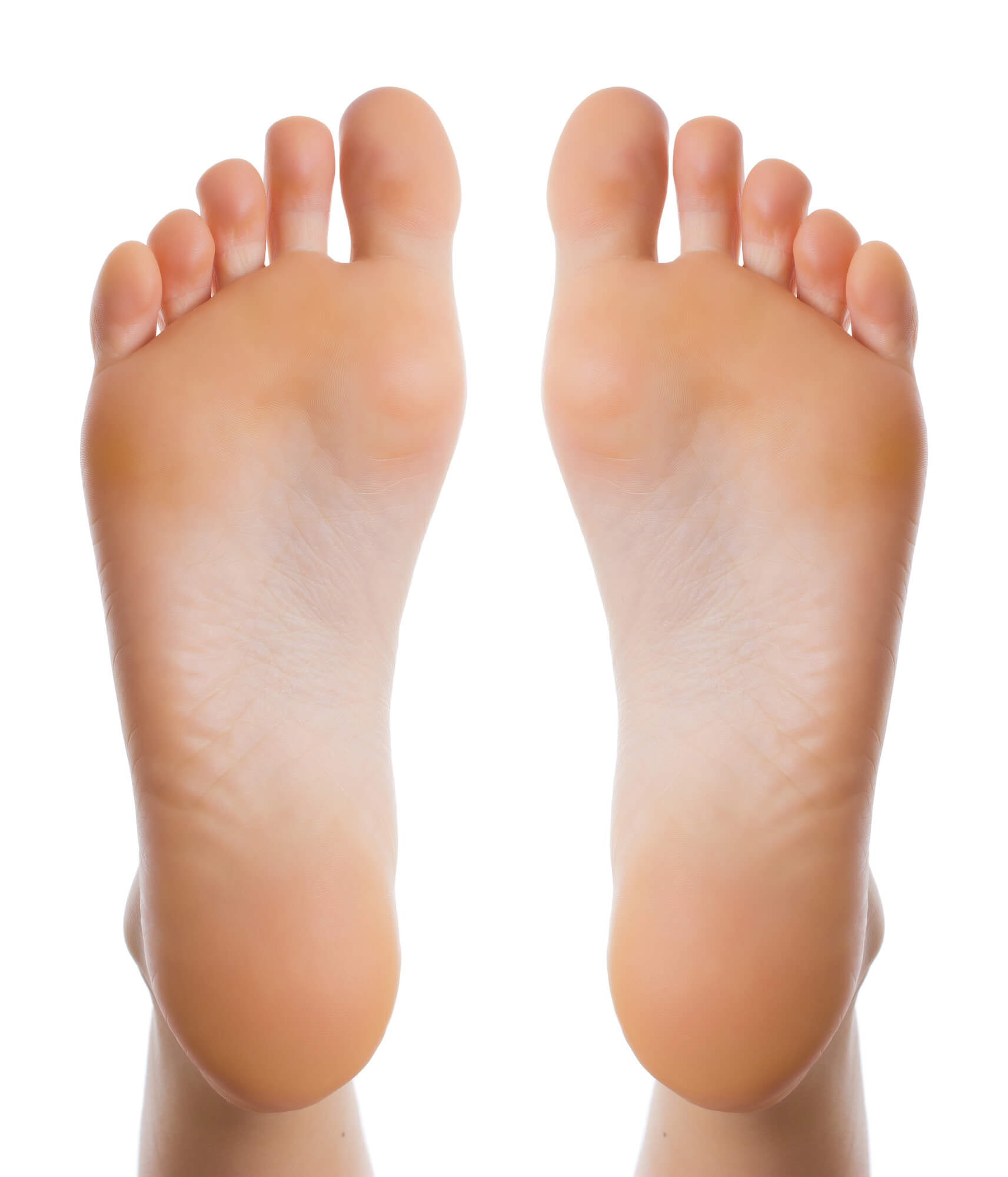Unsteady Gait: Causes, Symptoms & Treatment
Unsteady gait is a common condition affecting many people. It is characterized by difficulty in maintaining balance and a sense of instability while walking. Various conditions, including neurological disorders, musculoskeletal problems, and inner ear abnormalities, can cause an unsteady gait. Identifying and addressing unsteady gait is important as it can lead to falls and injuries.
Causes of Unsteady Gait
There are many causes of unsteady gait, which a combination of factors can cause. Some of the most common causes include:
Neurological Conditions
Neurological conditions, such as Parkinson's disease, multiple sclerosis, and stroke, can affect the nervous system and cause unsteady gait. These conditions can affect how the brain processes information from the senses and make it difficult to maintain balance.
Vestibular Disorders
Vestibular disorders, such as inner ear infections, Meniere's disease, and benign paroxysmal positional vertigo (BPPV), can cause unsteady gait. These disorders affect the inner ear, which is responsible for balance and spatial orientation. They can cause dizziness, vertigo, and a sense of spinning, making it difficult to maintain balance while walking.
Musculoskeletal Problems
Musculoskeletal problems, such as arthritis, hip or knee problems, and spinal cord injuries, can also cause unsteady gait. These conditions can affect how the body moves and make it difficult to maintain balance.
Medications
Certain medications, such as sedatives, antidepressants, and anti-anxiety drugs, can cause unsteady gait. These medications can affect the nervous system and make it difficult to maintain balance.
Other Factors
Other factors, such as poor vision, lack of physical activity, and certain medical conditions, such as diabetes, can cause unsteady gait. These factors can affect the way the body moves and can make it difficult to maintain balance.

Symptoms of Unsteady Gait
Symptoms of unsteady gait can vary depending on the underlying cause, but some of the most common symptoms include:
- Difficulty maintaining balance
- Shuffling or dragging feet
- Stumbling or tripping
- Difficulty turning or changing direction
- Leaning to one side
- Numbness or tingling in the feet
Diagnosis and Evaluation
If you are experiencing symptoms of unsteady gait, it is important to see a healthcare provider for evaluation. The first step in the evaluation process is a physical examination, which may be performed by a podiatrist, a healthcare professional specializing in diagnosing and treating foot and ankle conditions. The podiatrist will assess your gait, balance, and coordination and may perform a neurological examination to assess your reflexes and muscle strength.
Gait analysis is another important diagnostic tool that can be used to evaluate unsteady gait. This test involves using cameras or sensors to capture your gait and analyze your walking pattern. Imaging studies, such as X-rays or MRI, may also be performed to evaluate the condition of your bones, joints, and soft tissues. Laboratory tests, such as blood tests, may also be done to check for underlying medical conditions contributing to your unsteady gait.

Treatment of Unsteady Gait
The treatment of unsteady gait will depend on the condition's underlying cause. Some common treatment options include:
Medications
If your unsteady gait is caused by a neurological condition, such as Parkinson's disease, your healthcare provider may prescribe medication to help manage your symptoms. These medications may include dopamine agonists, which help increase dopamine levels in the brain, and levodopa, which is converted to dopamine in the brain.
Physical Therapy
Physical therapy can be an effective treatment option for unsteady gait caused by musculoskeletal problems or neurological conditions. A physical therapist can teach exercises to improve strength, balance, and coordination. They may also use ultrasound and electrical stimulation modalities to reduce pain and inflammation.
Occupational Therapy
Occupational therapy can also help manage unsteady gait. An occupational therapist can teach you adaptive techniques for daily living activities such as dressing and grooming and how to use assistive devices such as canes or walkers.
Adaptive Devices
Adaptive devices, such as canes, walkers, or rollators, can also help manage unsteady gait. These devices can provide extra support and stability while walking and can help reduce the risk of falls.
Surgery
Surgery may be recommended if a musculoskeletal problem, such as a hip or knee problem, cause your unsteady gait. Joint replacement surgery, for example, can help improve mobility and reduce pain.
Lifestyle Changes
Lifestyle changes can also help manage unsteady gait. Regular exercise, such as walking, can help improve strength and balance. Wearing corrective lenses or contacts can help improve vision, and ensuring your blood sugar levels are under control if you have diabetes can also help.
Conclusion
An unsteady gait is a common problem that can have multiple causes. Identifying and addressing unsteady gait is important as it can lead to falls and injuries. A combination of medical and therapeutic interventions, as well as lifestyle changes, can be effective in managing unsteady gait.
If you are experiencing symptoms of unsteady gait, it is important to see a healthcare provider for evaluation. A thorough examination and a medical history review are essential in identifying the underlying cause and providing the appropriate treatment plan.
If you are experiencing symptoms of unsteady gait, you should seek the help of a podiatrist or other healthcare professional who can help you manage your condition and improve your overall balance and mobility. With the right treatment and support, you can reduce your risk of falls and improve your overall quality of life.
FAQ
What is the treatment for unsteady gait?
The treatment of unsteady gait will depend on the condition's underlying cause. Some common treatment options include medication for neurological conditions, physical therapy for musculoskeletal problems, occupational therapy to help with daily living activities, adaptive devices such as canes or walkers, surgery for certain musculoskeletal problems, and lifestyle changes to improve strength and balance.
Is unsteady gait serious?
An unsteady gait can be a serious condition, leading to falls and injuries. Identifying and addressing unsteady gait as soon as possible is important to reduce the risk of falls and improve the overall quality of life.
What causes balance and gait problems?
There are many causes of balance and gait problems, including neurological conditions, vestibular disorders, musculoskeletal problems, medications, poor vision, lack of physical activity, and certain medical conditions such as diabetes.
What is the most common cause of gait disorders?
The most common cause of gait disorders is neurological conditions such as Parkinson's disease, multiple sclerosis, and stroke. These conditions can affect the nervous system and make it difficult to maintain balance. Vestibular disorders, such as inner ear infections, Meniere's disease, and BPPV, are common causes of gait disorders.

